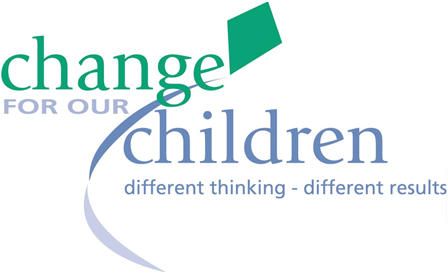Deciding what products to buy or use for a baby
People often ask us, 'Is this product safe?' 'Is that product safe?' We do not, however, endorse products. Instead we always use safe sleep principles to guide an answer. If a product or practice enables a baby to sleep in conditions defined by these principles, then that practice and product is considered safe.
Product safety
The safety of a product has two parts: how it is made and how it is used
- A soundly made bassinet is not safe if the baby in it is placed on the tummy to sleep.
- A beautiful merino baby blanket is not safe if placed loosely over a baby with the possibility it could cover the baby's face.
- A swaddling wrap may be cotton, light weight and large, but is not safe in a baby's sleeping environment if the baby is swaddled loosely, swaddled and propped on a tri-pillow, or still being swaddled when able to roll.
This Consumer Affairs guide to children's and nursery products may be useful in deciding what products to buy and the questions below may help with safe use.
Decision questions
When considering the suitability of a product to buy or to use for a baby, the most important criteria are that:
- the product is matched to a baby's size,
- is appropriate to their stage of development and
- is used within safety recommendations.
Below are the questons to ask about products to be used in a baby's sleeping environment.
- Will a baby be able to lie flat and on their back?
- Will a baby be able to keep a clear face and head?
- Will a baby be able to be close to a parent and in their own protected space?
- Will breasfeeding be supported?
- Will a baby be smokefree as they develop in pregnancy, and as the wake and sleep once born?
- Will a baby be protected in unusual situations when a cot is not available?
Are you a grandparent?
Grandparents can be a wonderful support when a new baby comes into the family. But have you updated yourself on what is recommended nowdays? If you had your babies twenty or more years ago, chances are you slept your babies on their tummies as was recommended at that time. And most of your friends probably did, too. While most babies survived this, 250 babies per year did not.
Now we lose about 60 babies every year in New Zealand and while a lot less, it is still 60 tragedies we do not need. Parents need grandparents to support them with what is recommended now.(click here for your page) It is a safer world for babies as this leaflet "It didn't happen in my day" shows. If you would like to update yourself on safe sleep understandings, take the 15 minute online course 'Baby Essentials Online'
A simple Safe Sleep check
Safe sleep means 'on the back and able to breathe easily'.
Now that we know most cot deaths are due to suffocation during sleep, death rates are falling. However, some people may still be unaware of how to make every sleep a safe sleep for their baby.
This simple checklist may help:
- On the back
This position protects breathing by keeping baby's neck extended and airways open.
- Airways clear
A covered face, pinched nose, 'chin to chest' position of the neck or pressure on a tiny chest are ways that airways block and babies suffocate.
- In own space
It is easier to prevent suffocation when babies sleep in their own cot or baby bed. It is harder when they share beds with others, sleep in car seats, on couches and soft things, or in make-shift arrangements.
- With carer near
When babies sleep they may move about and get themselves into a dangerous position or become tangled in bedding. If this happens and no one notices they are more likely to die.
Babies who are not breastfed or smokefree have extra risks, so the safe sleep check is most important for these babies.


